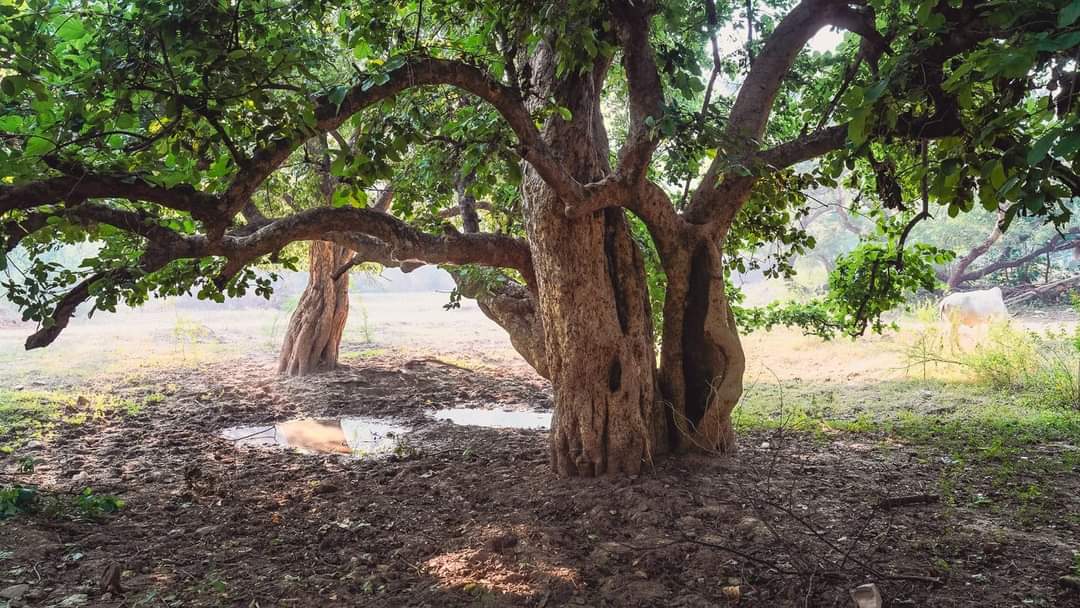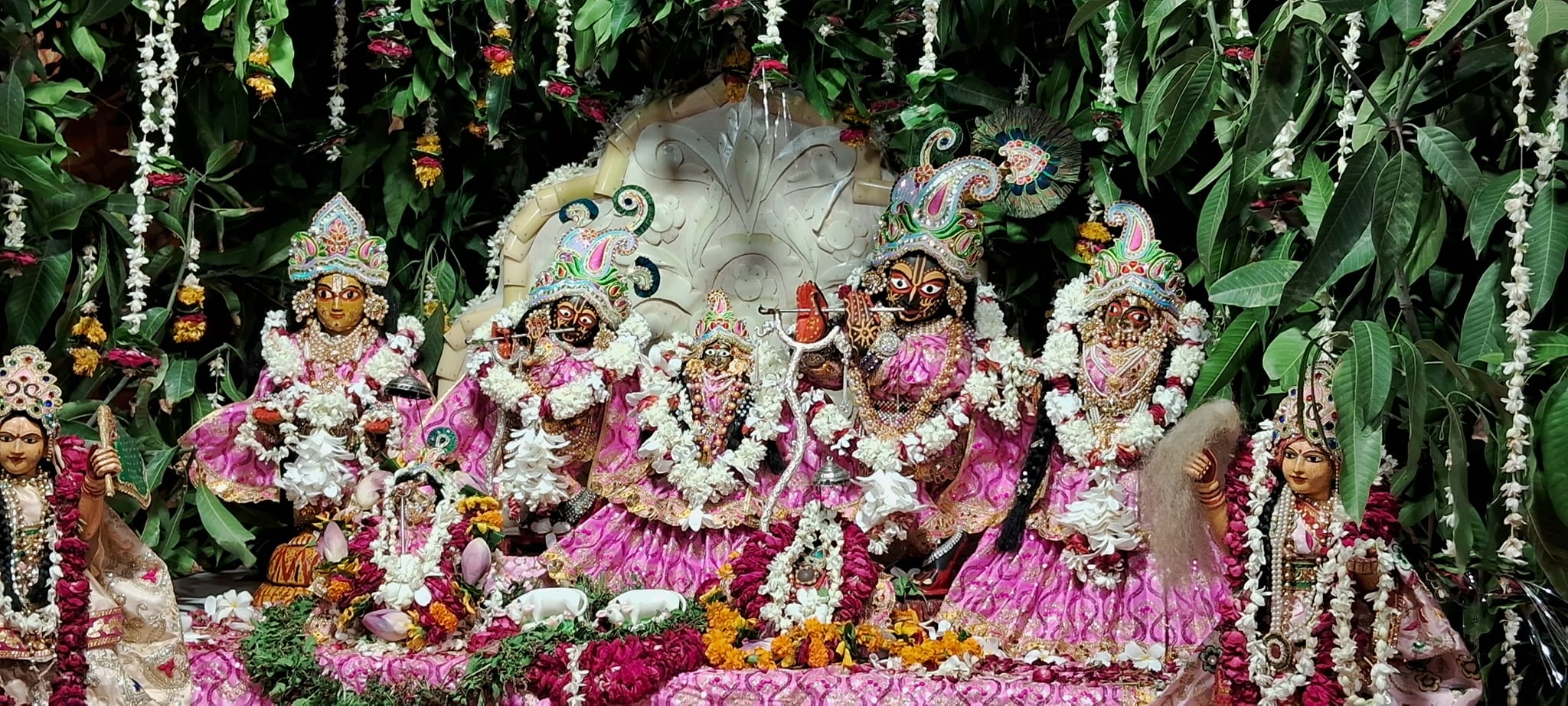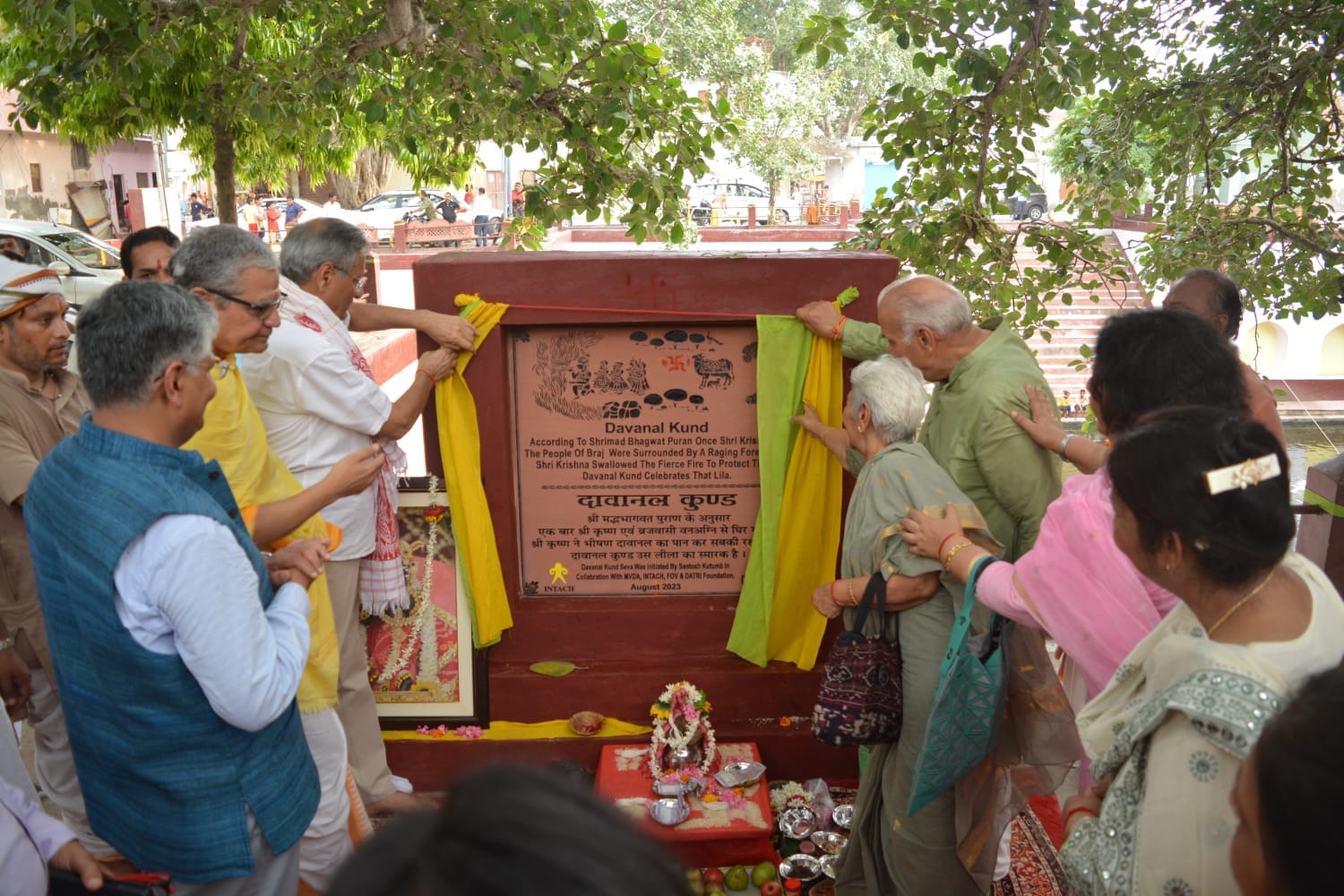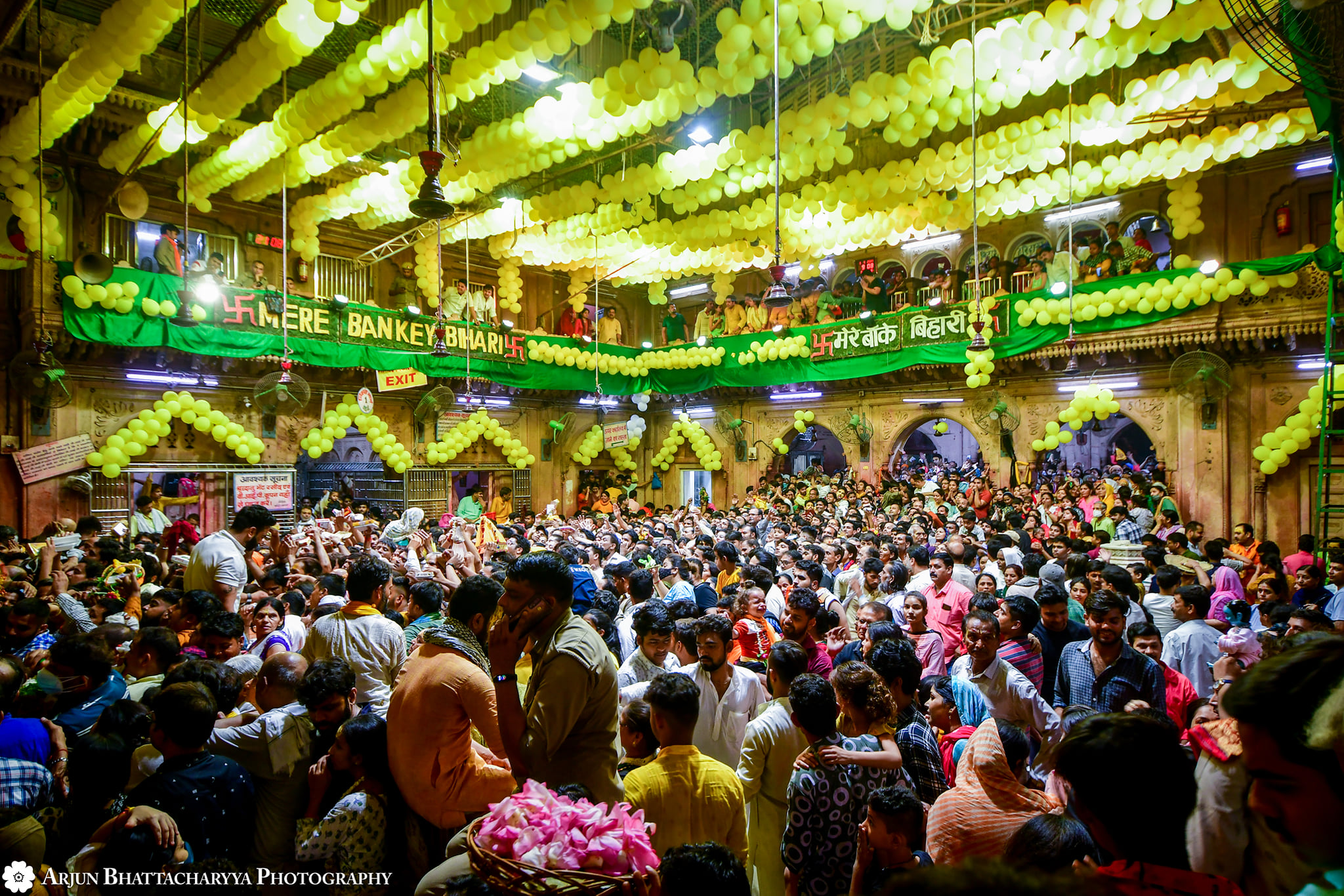 By Shri Prem Das Shastri ji Maharaj
By Shri Prem Das Shastri ji Maharaj
2025.08.06 (Vrindavan Today News): In the luminous world of Gauḍīya Vaiṣṇavism, few figures shine as resplendently as Śrīla Rūpa Gosvāmī. A principal disciple of Śrī Caitanya Mahāprabhu and one of the illustrious Six Gosvāmīs of Vṛndāvana, Rūpa Gosvāmī is revered as the foremost theologian, poet, and spiritual visionary who articulated the intricate science of bhakti-rasa, pure devotional mellows.
Born in 1493 CE (1415 Śaka Era) into a respected brāhmaṇa family in ancient Bengal, he was known in his early life as a brilliant scholar and administrator under the royal court of Nawab Hussein Shah. Yet, destiny had chosen him for a different path. At the age of 22, Rūpa Gosvāmī renounced worldly life to fully immerse himself in the service of Śrī Caitanya Mahāprabhu, dedicating the next five decades of his life to Vṛndāvana—the land of divine love.
Together with his elder brother, Śrī Sanātana Gosvāmī, he obeyed Mahāprabhu’s fourfold instruction:
1. To rediscover the sacred pastime sites of Śrī Kṛṣṇa in Vṛndāvana.
2. To establish proper worship and service of the Deity.
3. To author scriptural texts expounding bhakti (devotional service).
4. To exemplify and preach the regulations of devotional life.
These instructions formed the core of his mission and defined the revival of Vṛndāvana as the heartland of spiritual culture.
The Devotional Genius
Rūpa Gosvāmī was more than a theologian; he was a spiritual artist whose compositions shaped the aesthetic framework of devotional practice. His literary works such as Bhakti-rasāmṛta-sindhu and Ujjvala-nīlamaṇi remain seminal texts that unravel the transcendental emotions between the devotee and the Divine Couple—Śrī Rādhā and Śrī Kṛṣṇa. For this, he is venerated as Bhakti-rasa-ācārya, the preceptor of devotional sentiments.
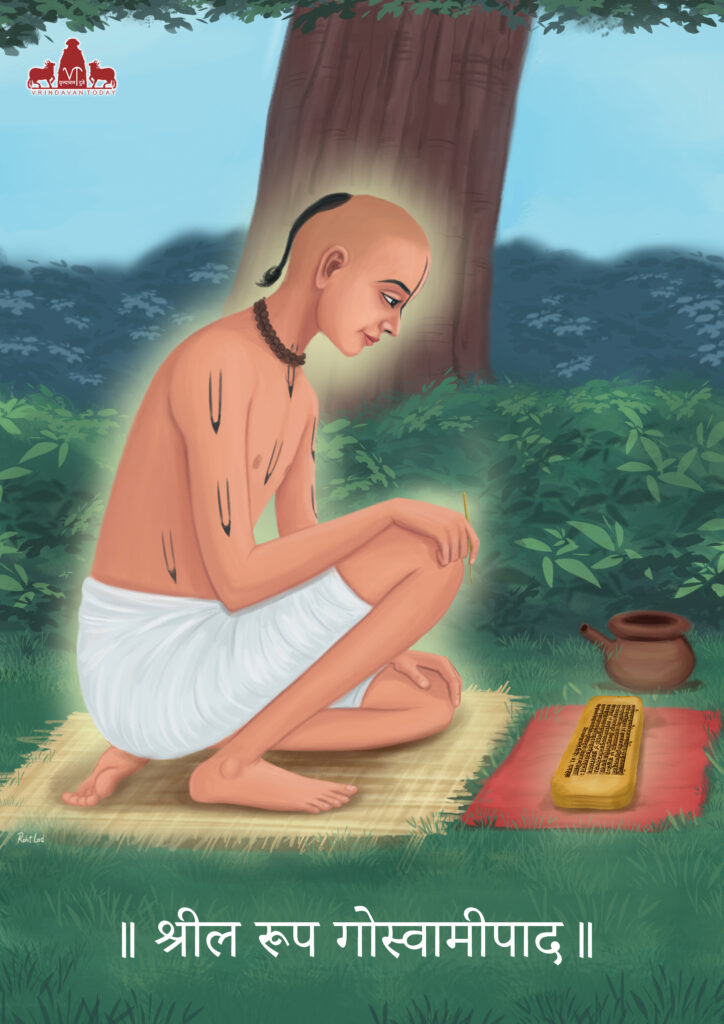
His physical presence graced the sacred site of Sevā-kuñja in Vṛndāvana, where his bhajana-kuṭī and samādhi (tomb) now rest within the premises of the Śrī Rādhā-Dāmodara Mandir. There, immersed in intense meditation and literary service, he experienced divine visions and composed immortal works.
The Discovery of Śrī Govinda Deva
One of the most celebrated episodes of his life involves the rediscovery of the original deity of Śrī Govinda Deva. Rūpa Gosvāmī, overwhelmed with longing to serve the deity form of Kṛṣṇa, wandered through forests and villages in search of Him. Despite persistent efforts, the deity remained hidden.
One day, as he sat desolate on the banks of the Yamunā, a mysterious Vrajavāsī (local resident) approached him and inquired about his sorrow. Upon learning the reason, the stranger offered a startling revelation: at a place called Gomatīla in Vṛndāvana, a divine cow descended every morning and spontaneously released her milk at a particular spot—signifying the hidden presence of the deity.
After revealing this, the stranger vanished. Realizing he had just encountered Kṛṣṇa Himself, Rūpa Gosvāmī fainted in divine ecstasy. He informed the villagers, who excavated the area with fervent devotion. There, they unearthed a breathtakingly beautiful deity—Śrī Govinda Deva—who enchanted all with His effulgent form. Thus began the historic resurgence of deity worship in Vṛndāvana.
Leela-sphurti and a Misunderstood Laugh
Rūpa Gosvāmī’s life was a continuous vision of divine pastimes. Often, he would enter deep leela-sphurti—spontaneous revelation of Rādhā-Kṛṣṇa’s playful acts. During these sacred trances, the external world would fade from his consciousness.
On one such occasion, a devoted Vaiṣṇava named Śrī Kṛṣṇadāsa, crippled in one leg, came to meet him. However, Rūpa Gosvāmī was then absorbed in a vision of Śrī Rādhā trying to pluck a flower from a high branch. As She leapt repeatedly but failed, Śrī Kṛṣṇa playfully bent the branch to assist Her, only to release it when She grasped it, leaving Her dangling mid-air. This humorous scene caused Rūpa Gosvāmī to smile.
Kṛṣṇadāsa, unaware of the inner vision, felt mocked for his disability and left deeply hurt. Unknowingly, Rūpa Gosvāmī had committed an offence (Vaiṣṇava aparādha), and as a consequence, his divine visions ceased. Desperate, he approached Sanātana Gosvāmī for guidance, who diagnosed the cause and advised him to invite all local Vaiṣṇavas to a feast. The one who declined the invitation would be the aggrieved soul.
Indeed, Kṛṣṇadāsa declined. Rūpa Gosvāmī approached him personally, apologized with humility, and explained the true reason for his laughter. Kṛṣṇadāsa, moved and reassured, forgave him, and Rūpa Gosvāmī’s visions returned.
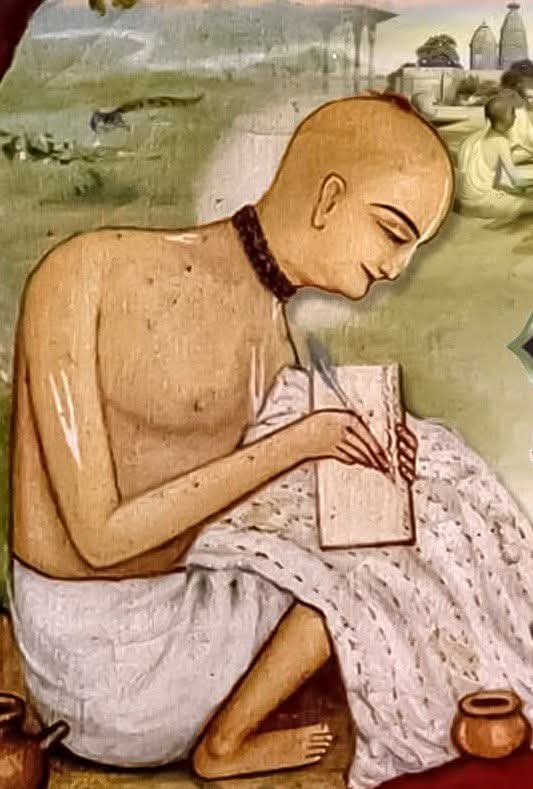
The Poetry That Even Saints Questioned
In another telling incident, Rūpa Gosvāmī once shared a poetic verse from his newly composed Chātu-puṣpāñjali with Sanātana Gosvāmī. The verse included a vivid metaphor comparing Śrī Rādhikā’s wavy braid to a black serpent. Though artistically rich, Sanātana Gosvāmī hesitated, feeling such a comparison might be unworthy of Rādhārāṇī’s divine beauty.
Rūpa Gosvāmī humbly accepted the feedback and promised to revise it. But as Sanātana walked away in reflection, he witnessed a surreal vision, on the banks of Rādhā-kuṇḍa, a beautiful young girl swinging joyfully on a swing, surrounded by her companions. Her dark braid indeed undulated like a living serpent. Enchanted and concerned, he ran to warn her—only to find that the entire scene had vanished.
Overwhelmed, he returned to Rūpa Gosvāmī and declared: “Your metaphor was perfect. I have seen it with my own eyes. There is no need to alter a word.”
Entering the Eternal Pastimes
Śrīla Rūpa Gosvāmī departed from this mortal realm on the auspicious day of Śrāvaṇa Śukla Dvādaśī in 1564 CE (1486 Śaka), at the age of 73. Yet his legacy continues to illuminate the hearts of countless seekers. Through his literary works, philosophical insights, and timeless devotion, he redefined the meaning of spiritual love for generations to come.
Even today, on his disappearance day, devotees from across the world gather at his samādhi in Śrī Rādhā-Dāmodara Mandir to offer heartfelt homage—celebrating not an end, but the eternal presence of a soul forever immersed in the divine embrace of Śrī Śrī Rādhā-Kṛṣṇa.


